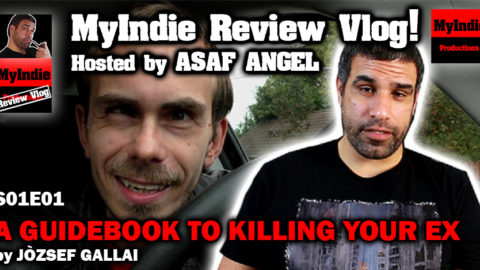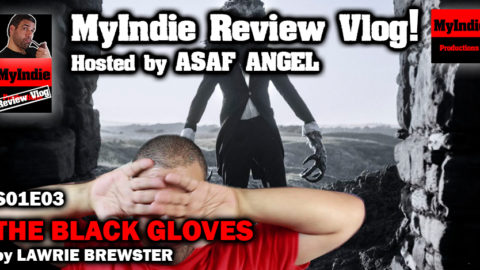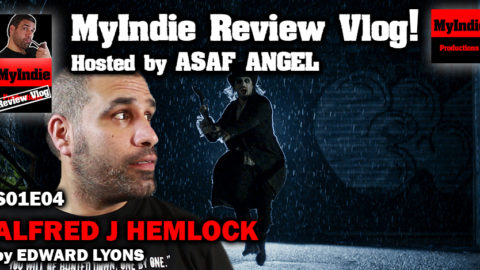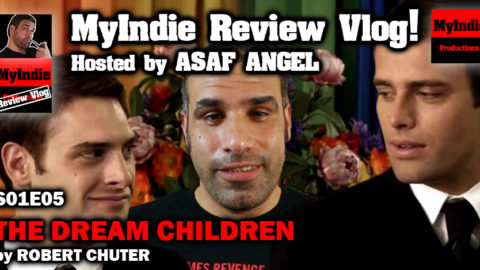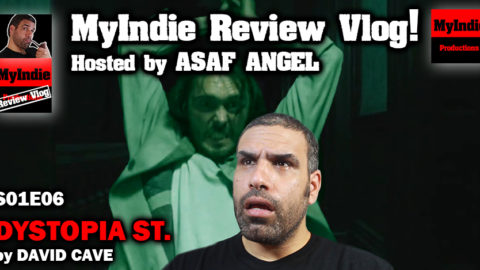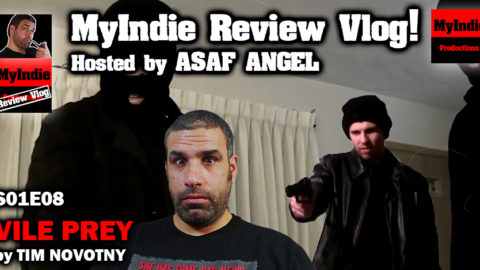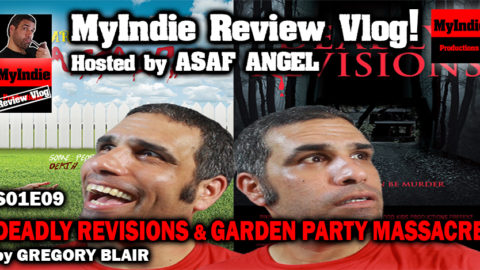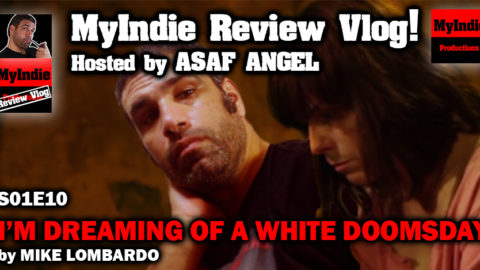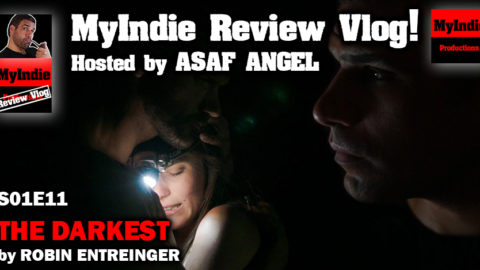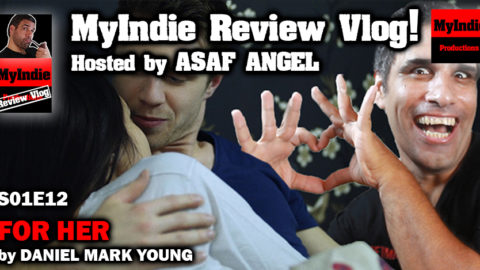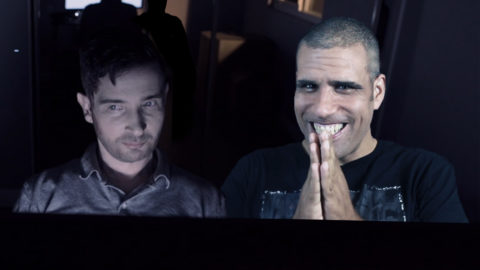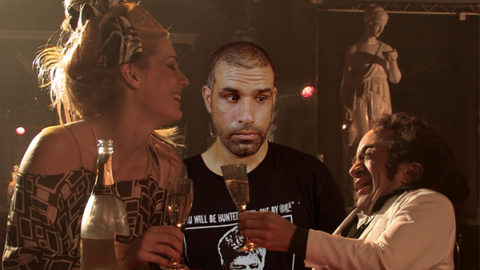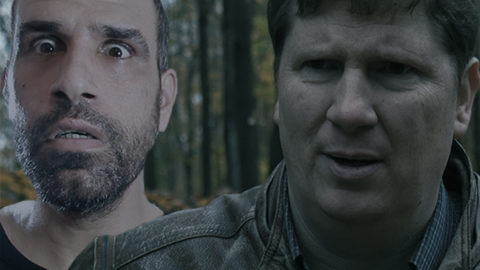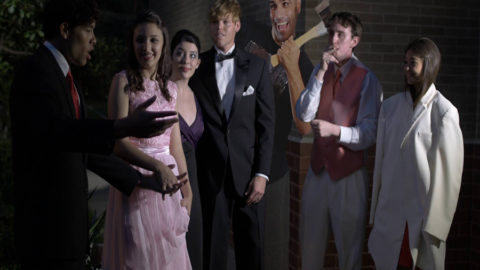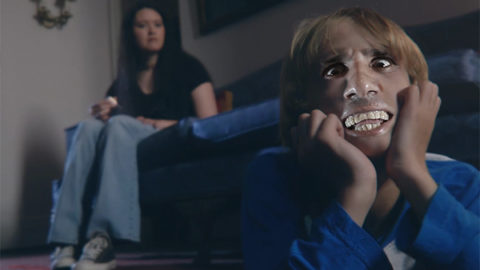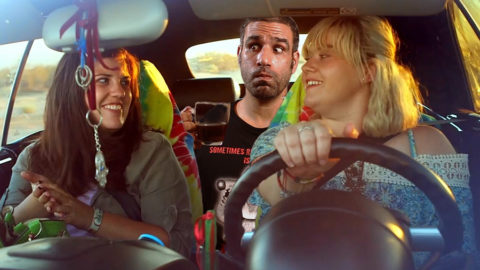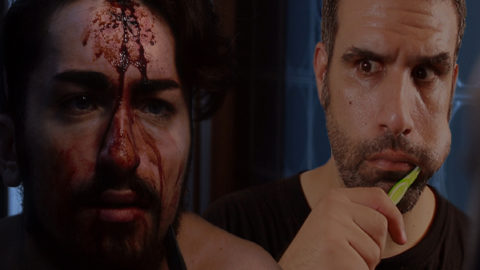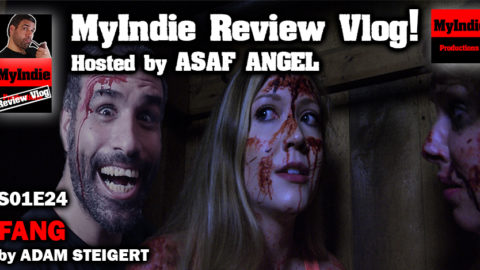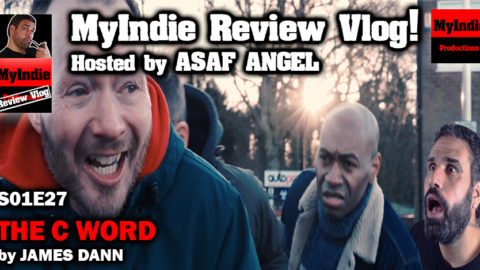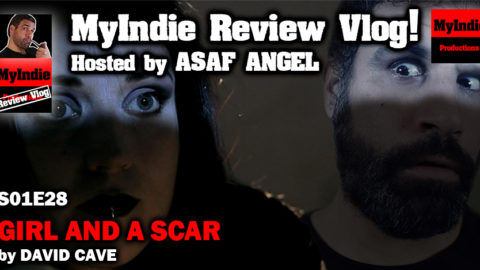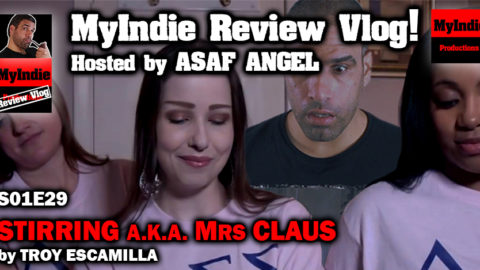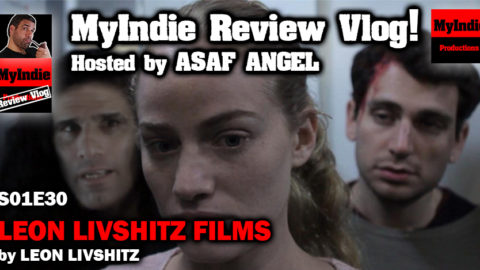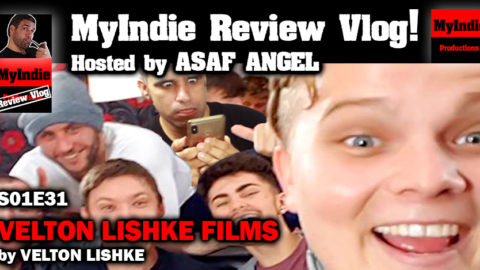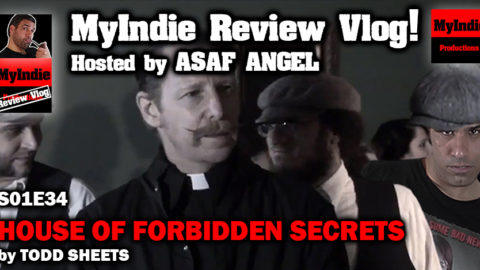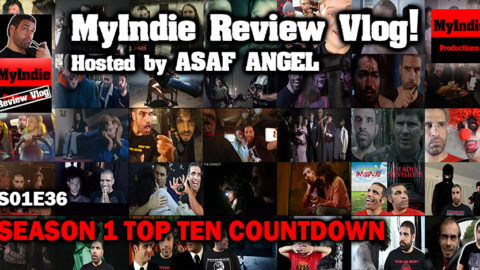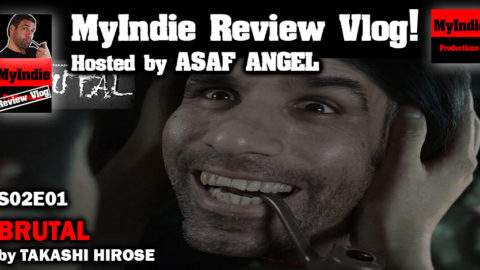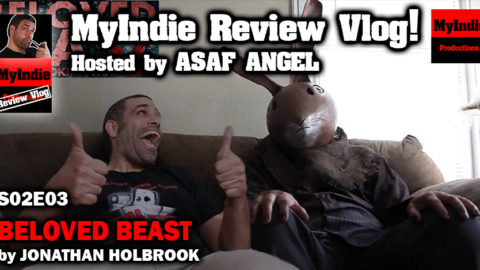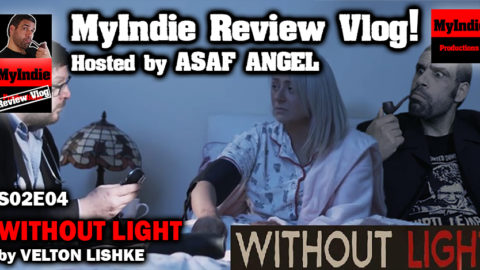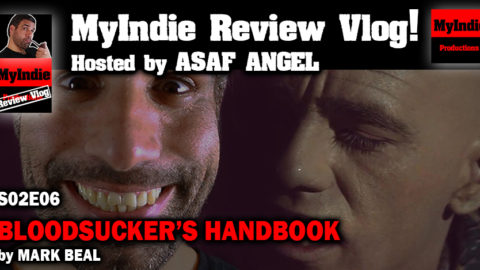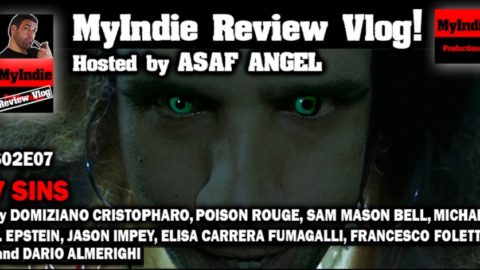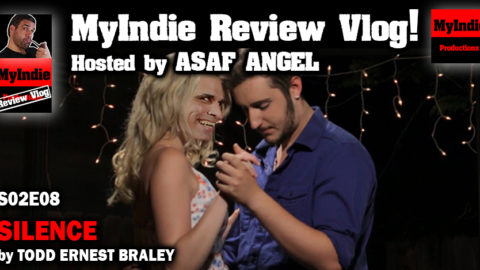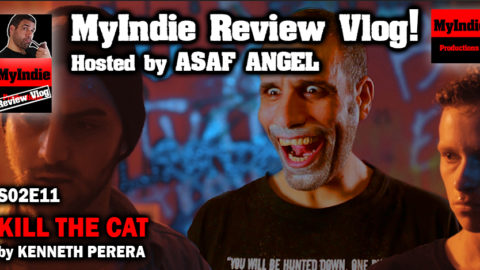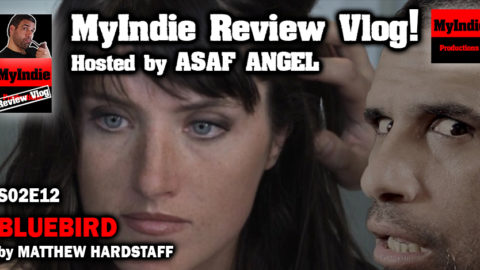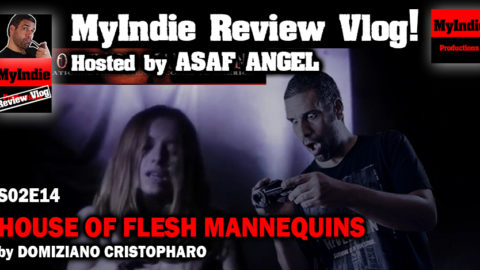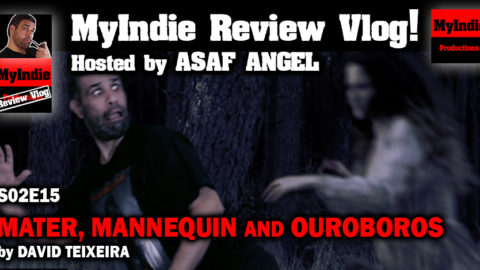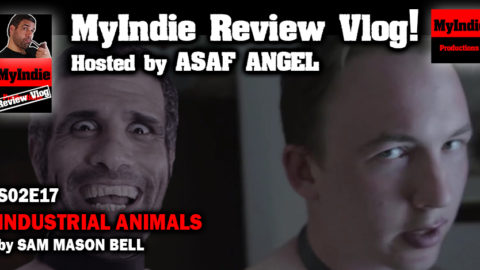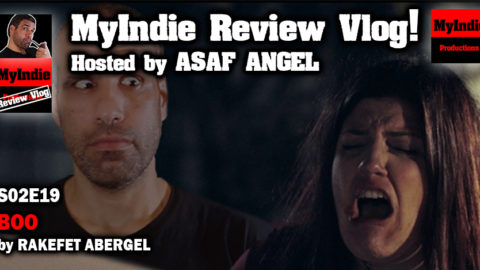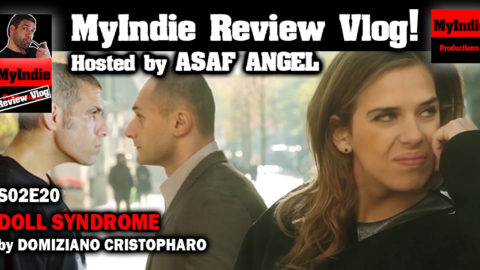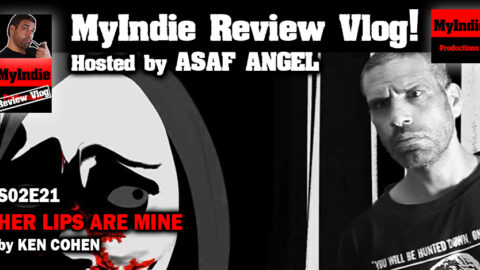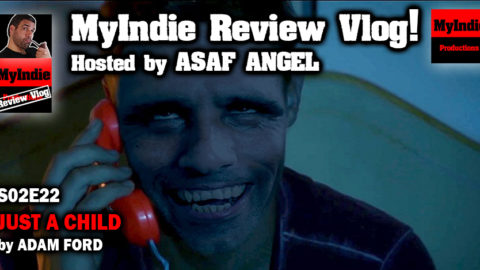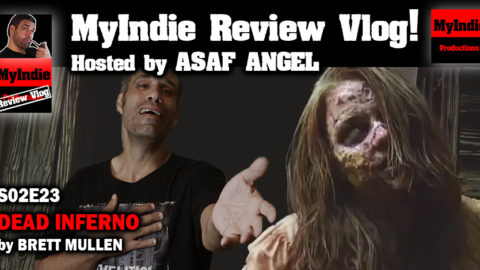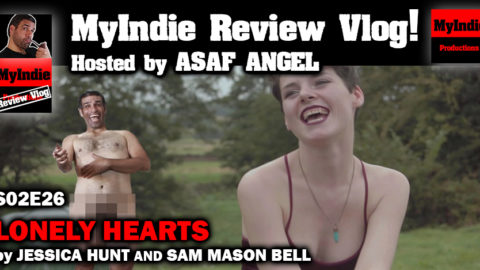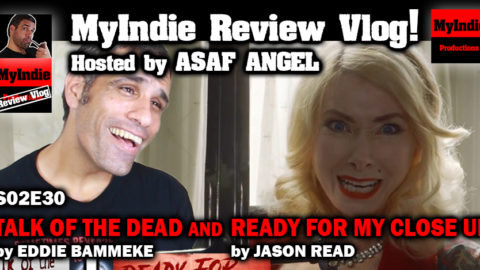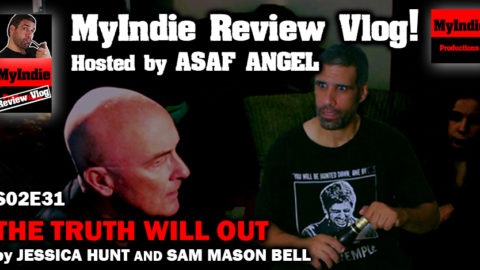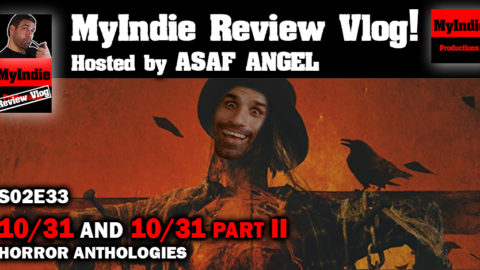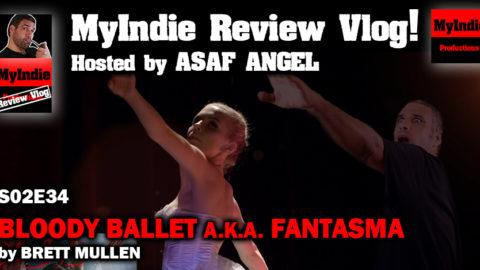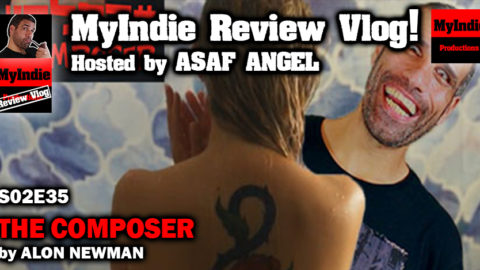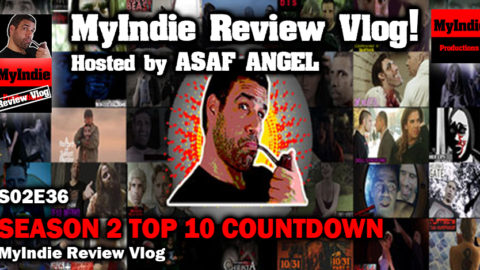7 Sins
Written Review
Hi, everyone! And welcome to MyIndie Review Vlog, the show that gives you spoiler-free reviews of indie films. My name is Asaf Angel from MyIndie Productions.
Today, I’ll be reviewing 2019’s extreme horror anthology 7 Sins, 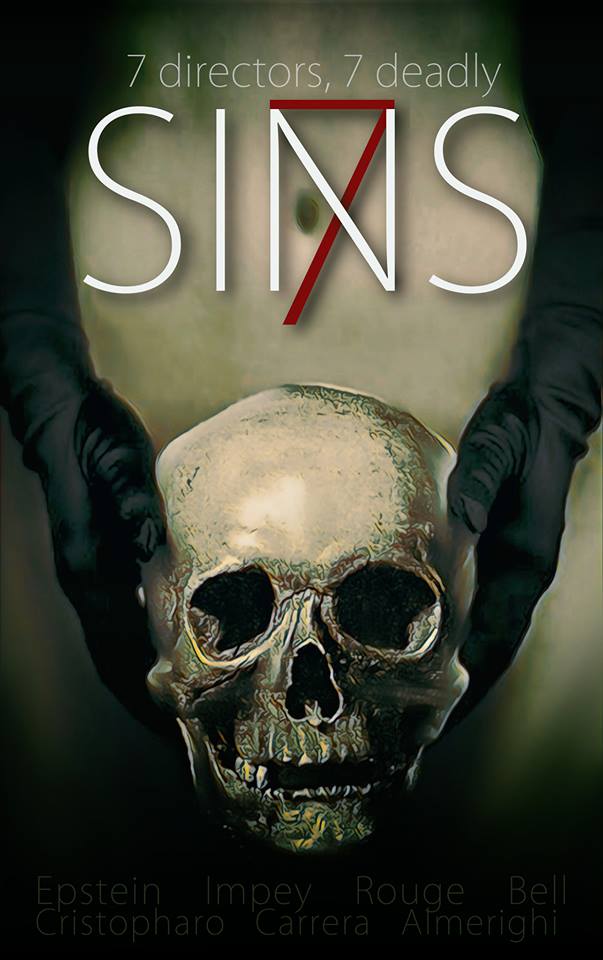 directed by seven talented filmmakers, three of whom are MyIndie featured artists Domiziano Cristopharo, Poison Rouge and Sam Mason-Bell, who are joined by Michael J. Epstein, Jason Impey, Elisa Carrera Fumagalli with Francesco Foletto and last, but not least, Dario Almerighi.
directed by seven talented filmmakers, three of whom are MyIndie featured artists Domiziano Cristopharo, Poison Rouge and Sam Mason-Bell, who are joined by Michael J. Epstein, Jason Impey, Elisa Carrera Fumagalli with Francesco Foletto and last, but not least, Dario Almerighi.
Most of the above mentioned are well familiar with working on film anthologies and some have even collaborated once or twice before, but this is certainly the first time we review an anthology on the show.
Thank you, Ladies and Gentlemen, for sharing your work with us.
The filmmakers tackled a seven-segment anthology, each inspired by one of the biblical Seven Deadly Sins. So let’s get to it in order of appearance. The segment opening the anthology is Wrath, or as it is titled in the film:
Anger, directed by Dario Almhrighi.

A male jogger, who seems much like other joggers in a city park, heads home after a jog. We see him pensive at first but quickly understand that something burdens him so much, that it seems he is struggling to contain his frustration.
A few moments later, the man unveils what his evident fury has caused him to do, as well as where it originated from.
It seems Dario delves into the troubled psyche of a man, so consumed by anger that in hindsight, despite giving a normal first impression, he was already void of sanity when we first see him. His actions to come, were already decided upon and what we, the viewers were in fact witnessing, is his mental degradation and his preparation to take extreme action.
It felt to me like a statement on the connection between anger and regret. Anger being a relentless predator on the mind, starting from within and consuming its way out until no more is left of one who gives in to it.
Next up, Sam Mason-Bell’s Envy.
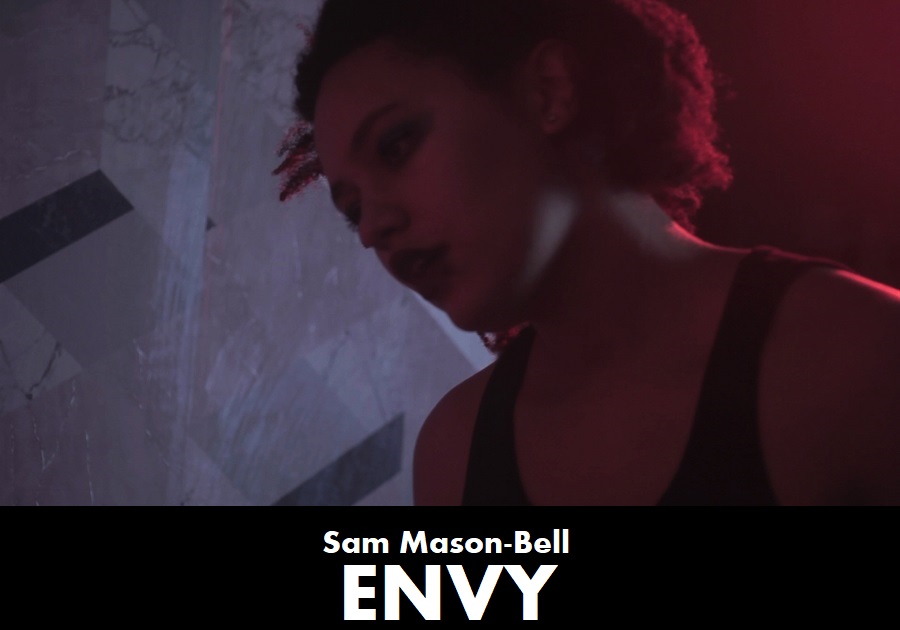 A young couple, man and woman, are prowling the streets at night, carefully looking for a companion fitting their taste with the intention of having her join their bed for the night.
A young couple, man and woman, are prowling the streets at night, carefully looking for a companion fitting their taste with the intention of having her join their bed for the night.
The couple bring a beautiful young woman home and the three proceed to the bedroom, indulging in a threesome.
When it is all over, a saddening revelation befalls upon our young third wheel. One that does not let up and makes her confront a very deep-seeded need in a very destructive way.
Sam used the theme of envy to describe a coveting, but he didn’t build a complicated catalyst for the deadly sin, rather he focused it on a basic Human need. The young girl is simply in need for love and connection. Something we, the viewers can most likely relate to.
Sam dials up the extreme by showing us what can happens when a new element is introduced into a happy two-person relationship and reveal itself as obsession.
Next up is Francesco Foletto and Elisa Carrera Fumagalli’s Sloth.
 Built more like a video-art than a narrative, the Sloth segment depicts what in my mind appears to be a mental down-spiral of a young artist, played by Fumagalli herself.
Built more like a video-art than a narrative, the Sloth segment depicts what in my mind appears to be a mental down-spiral of a young artist, played by Fumagalli herself.
She confines herself to her apartment, indulging on red wine and cutting herself with the purpose of what looks to be getting her creative juices flowing. She also dances around as maybe a form of meditation, trying to ignite her inner muse.
It feels that when we first meet our young artist, she is already tainted by Sloth or laziness that has depleted any creative abilities she may have had. My take is that this segment simply depicts her desperate attempt to get her abilities back and the potential extremes she would go to in order to get there.
Next up is Michael J. Epstein’s Pride.
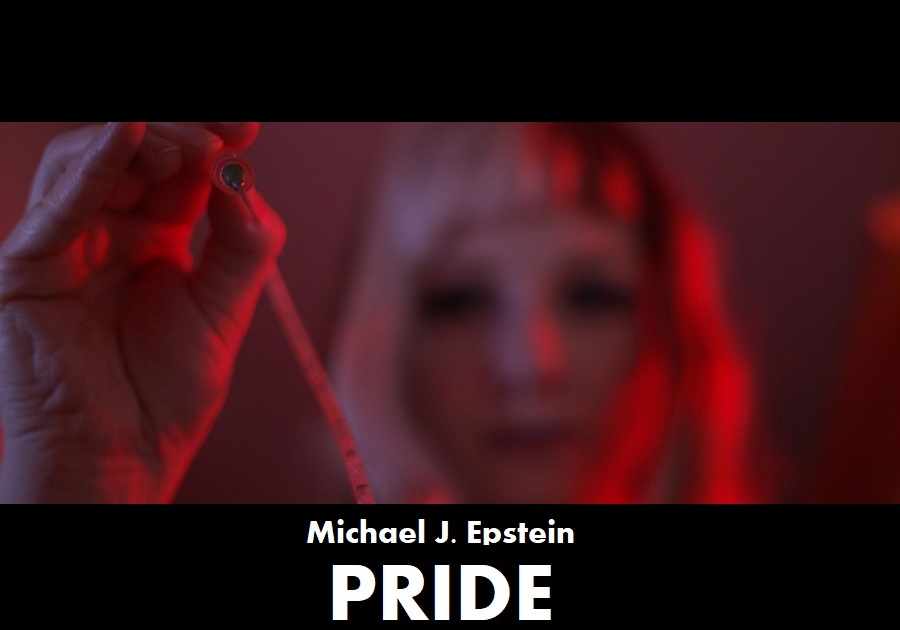 A young women played by Sophia Cacciola, is sitting at the table in her home, knitting. The room sports items which suggest older times, like an old radio and a spin-dial phone. On the radio is voice of a religious propaganda speaker talking about women with regard to controversial topics such as rape and purity.
A young women played by Sophia Cacciola, is sitting at the table in her home, knitting. The room sports items which suggest older times, like an old radio and a spin-dial phone. On the radio is voice of a religious propaganda speaker talking about women with regard to controversial topics such as rape and purity.
The world of the film feels detached from reality. The young woman’s knitting feels to be a characteristic associated with arachaic female roles and submissiveness, as the whole visual design shows a period in time where it was perceived as normal for women to be obedient and docile, especially from a religious point-of-view.
As the film progresses, an eerie vibe takes hold, while the woman’s behaviour becomes erratic. Things take a graphic and violent turn for the worse when her man enters the apartment.
Michael gave an extreme visual statement revolving around patriarchal pride, and he managed to convey it in a fairly interesting and thought provoking, be it very graphic, manner.
Next up is Domiziano Cristopharo’s Lust.
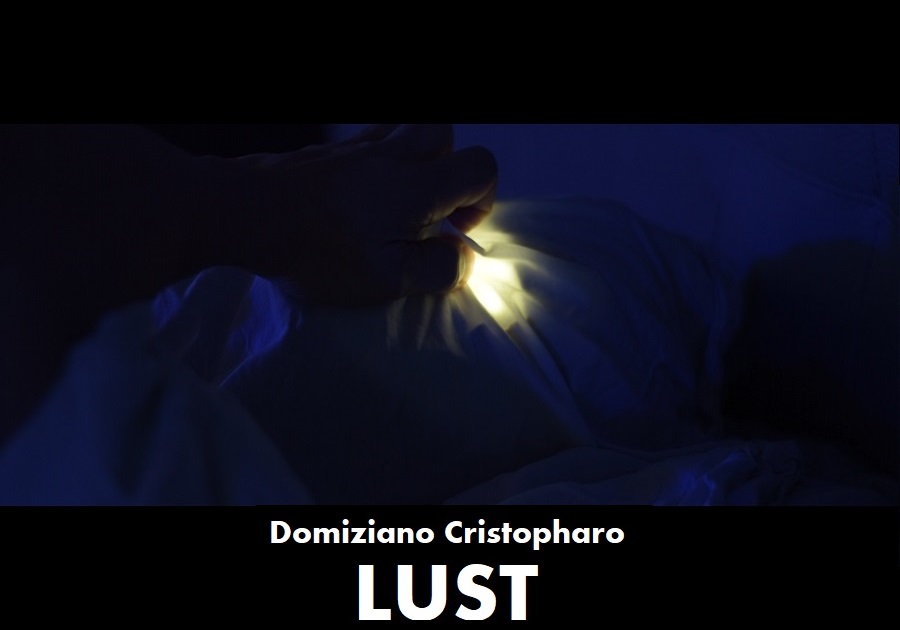 Set in a somewhat futuristic environment, a lonely woman craves male companionship of the aesthetic and virile variety, so she orders a new model of a life-sized and highly detailed male sex-doll.
Set in a somewhat futuristic environment, a lonely woman craves male companionship of the aesthetic and virile variety, so she orders a new model of a life-sized and highly detailed male sex-doll.
Her doll comes in the form of a gorgeous young man and in addition of being designed to satisfy the woman’s sexual needs, it also comes with the capability of collecting information on her preferences, via her computer or music device, so it could better fit her personality. For this the “doll” needs to be plugged in to the internet, both to learn and to recharge.
Domiziano tackles Lust as a destructive addiction, but he does not generalize it as being a deadly sin for everyone, rather for those who are predisposed to have destructive personalities. The woman isn’t a good person, and although she minds her own business and simply pines for a very natural need to be met, she ends up paying for her “sin”.
Next up is Jason Impey’s Gluttony.
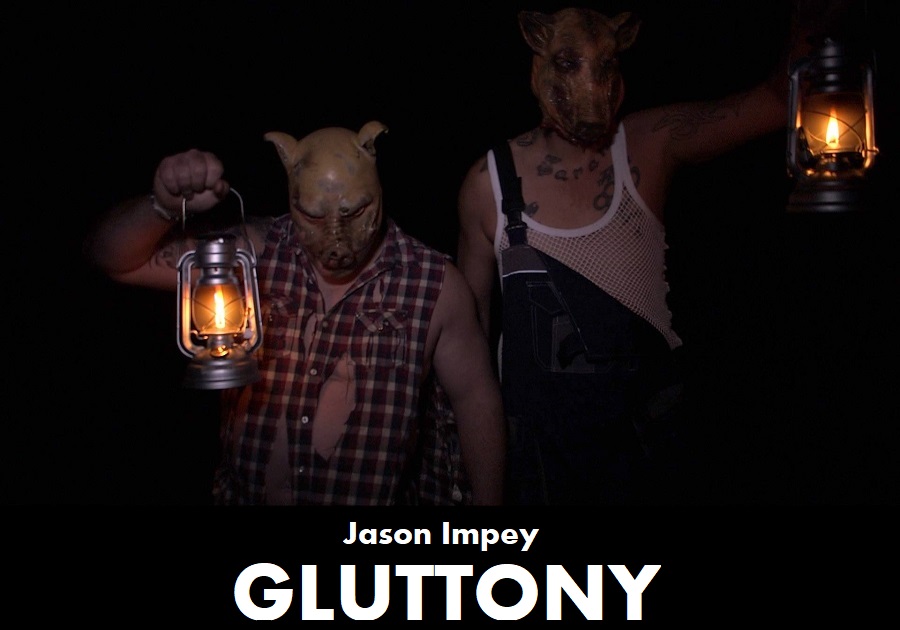
A pregnant woman pulls her car to the side of a country road in the middle of the night. Helpless and in pain she gives unassisted birth to three babies and then proceeds to abandon them and drive off.
A local woman from a nearby secluded farm, finds the babies and decides to raise them as her own. It seems that this woman has a very particular agenda on how to raise her newly formed family and we soon discover what that is.
To be truthful, I’m still not sure how this segments relates to gluttony in any symbolic way, as some of the other segments do with their assigned sins, but it does show it in some way on the surface. Going into that might constitute a spoiler, so I’ll refrain from going into further detail.
Next up is Poison Rouge’s Greed.
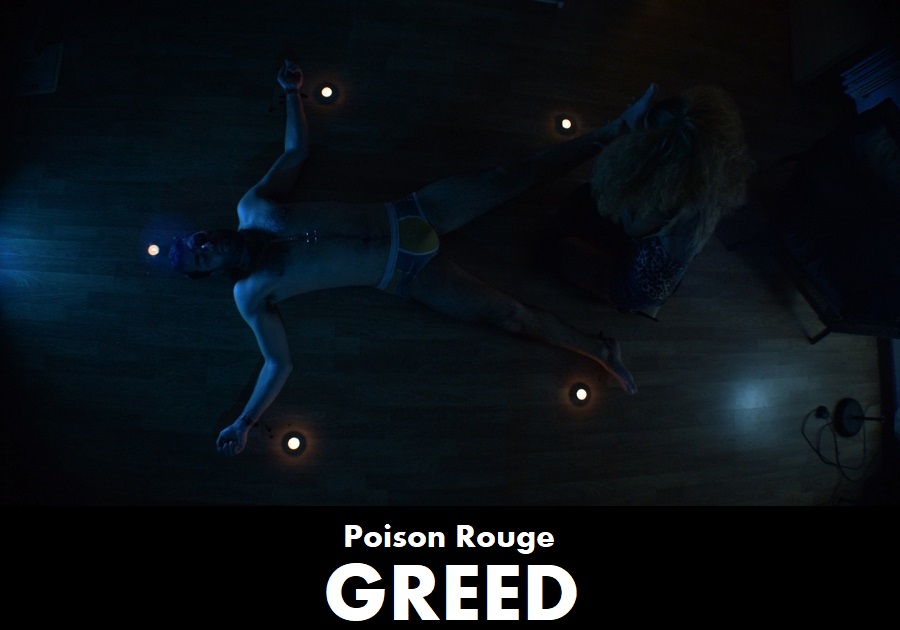 A young gay male prostitute keeps track of his earnings and debt. His major vice is drugs, and an unfortunate encounter with his dealer causes him to painfully face the music on wanting to indulge on drugs yet not use his earnings to pay for them.
A young gay male prostitute keeps track of his earnings and debt. His major vice is drugs, and an unfortunate encounter with his dealer causes him to painfully face the music on wanting to indulge on drugs yet not use his earnings to pay for them.
Hurt and helpless the young man stumbles upon something far worse than the petty greed that caused him to be in that position.
It feels Poison focused on greed, well, as POISON. She built a story arc that revolves around punishment and most of all, redemption. Again, I can’t really say more without spoiling.
To sum it all up, this film, inspired by the seven deadly sins, mostly uses the themes in subtext and often, but not always, introduces the punishments associated with the sins to the story. The overall atmosphere is one of uneasiness that in addition to a fair amount of disturbing visuals, is brought on by it’s unique and intense soundtrack.
Production value and cinematography are very well executed for the most part, and the performances were fairly captivating.
7 Sins gets an overall 7.5/10 on the Look At Me, I’m a Film Critic scale!
 Until next time, keep supporting indie film. Watch, share, spread the word. My name is Asaf Angel, I thank you for tuning into MyIndie Review Vlog. I’ll see you next Thursday!
Until next time, keep supporting indie film. Watch, share, spread the word. My name is Asaf Angel, I thank you for tuning into MyIndie Review Vlog. I’ll see you next Thursday!
Click a Thumbnail of Your Choosing
to View More Episodes


